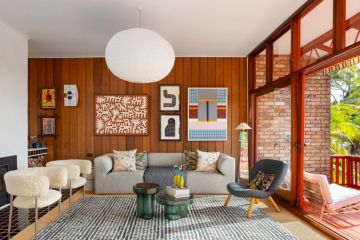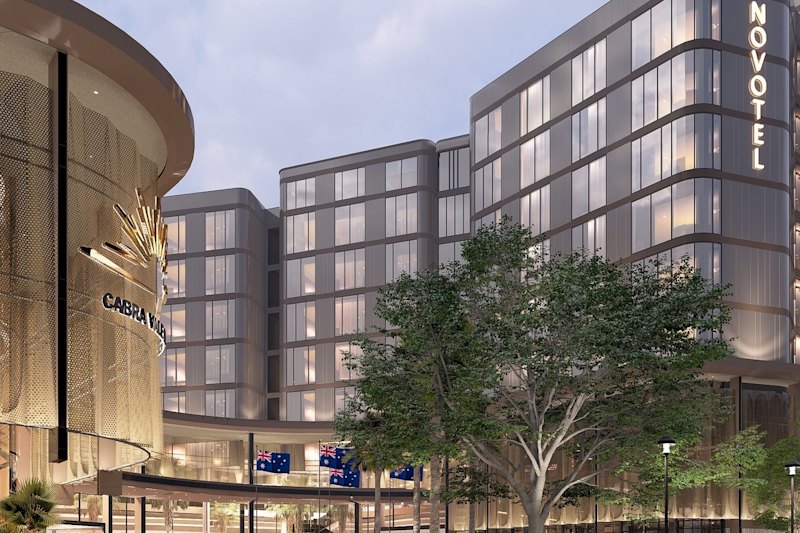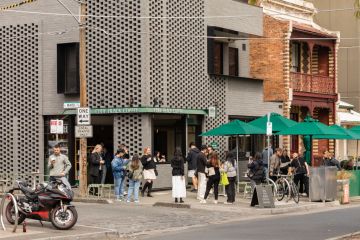Try before you buy: Why renting is the key to finding your ideal suburb
If you’re thinking about buying a home, it’s likely that you have a dream suburb in mind.
But if it’s not where you currently live, familiarising yourself with the area before buying can help prevent an expensive mistake.
It can take months or even years to find the right property, but renting in the area before committing can help buyers make an informed decision.
How renting can help house hunters
Expensive property prices and high stamp duty fees make trialling a suburb before committing a wise move, according to buyer’s agent Janet Kayes.
“I often recommend that buyers rent somewhere first to make sure they like the area,” she said.
This approach also allows interstate or out-of-town house-hunters to become intimately acquainted with their chosen area, according to buyer’s agent Michelle May.
“If you’re from outside of a city or in a different state it would be a good way to get started,” she said.
Exploring the area as a local allows more time to get a feel for the character of a suburb, which can be very different on a Saturday morning to a weekday.
A quiet suburban street on a weekend could be a peak-hour rat-run on a week night, and what looked like a dream commute online could actually be a stressful journey you might regret being locked into.
 Living as a local gives a true understanding of a suburb’s quirks, such as traffic congestion. Photo: Chris Hopkins
Living as a local gives a true understanding of a suburb’s quirks, such as traffic congestion. Photo: Chris Hopkins
Ms Kayes said for families moving to a different area, finding the right school was more important than buying a house.
“A lot of the time it revolves around children and education,” she said. “They could rent somewhere, settle their children in, then down the track buy somewhere in that area.”
“There are certain streets or pockets in areas that are very pleasant to be in, which is very important for the wellbeing of children if they are being uprooted.”
 Living near school is a priority for families moving to a new area. Photo: Bob Pearce
Living near school is a priority for families moving to a new area. Photo: Bob Pearce
When should you start the search?
If buying property is even remotely on your radar, it’s worth thinking about where you want to live in several years’ time, and whether it will still be realistic option if the market moves.
Ms May said buyers often changed their focus midway through their search after realising their dream suburb was too expensive. “There’s lots of people with champagne tastes and beer budgets,” she said.
Aiming for a more affordable area can allow buyers to enter the market earlier, and if rents there are lower than in your current suburb, it could make saving up a deposit easier.
 Your dream area could become more unaffordable if it grows in popularity. Photo: Supplied
Your dream area could become more unaffordable if it grows in popularity. Photo: Supplied
What are the risks of trying before buying?
Ms May said committing to a lease wasn’t necessarily the best idea for buyers with pre-approval who were ready to make a move.
“The longevity of an agreement is something people have to bear in mind,” she said. “If you had your finances already sorted, being locked into a tenancy agreement might mean a great opportunity passes you by.”
Ms Kayes suggested those wanting to try before they buy should look at short-term leases up to six months. “Quite often I’ll get them into a furnished apartment or a furnished house,” she said, adding that this makes moving twice less stressful, especially for overseas or interstate buyers.
Buyers who find the perfect home before their lease expires can rent out the new home until the fixed term is up. Alternatively, vendors may want to rent their old home back if they haven’t found their next property yet.
 Leases can be terminated, but break costs may be expensive. Photo: Jim Rice
Leases can be terminated, but break costs may be expensive. Photo: Jim Rice
If renting first isn’t viable, Ms May suggests buyers take their time exploring the suburb before committing.
“I give my clients homework,” she said. “Spend time staking out the neighbourhood, and if you like a particular street, go and sit in the street in your car to see how much traffic it gets.”
“When you go to open homes, look at the other people that are there. They’re going to be the same people not necessarily buying this one, but buying the house on the next street.”
How to tell if a suburb suits you
- Public transport – Are you reliant on just the train to get to work, or are there bus, tram or ferry options as well? Are services reliable or overcrowded during peak hour?
- Traffic – Take note of traffic at different times of the day, especially on roads you will be likely to use on a daily basis. Look out for bottlenecks as well as neighbourhoods that avoid the worst of the peak hour rush.
- Parking – Don’t just look at the residential streets you have in mind. Investigate the parking situation at the local shops, train station, parks and schools, and how parking could be affected by any new developments.
- Education – Do the primary and secondary schools meet your needs? Are there affordable childcare options or are the waiting lists too long?
- Shopping and nightlife – Is the range wide enough to suit your needs, or will you need to travel to do the weekly shop? Are the local bars and restaurants your scene?
- Community – Get to know your neighbours. Can you see yourself becoming a part of the local community? How far away are friends and family?
- Micro-markets – Explore the different areas in the suburb to identify which streets are most desirable, best value, or the ones to avoid.
- Other amenities – Don’t forget to take note of parks, healthcare, places of worship, broadband and mobile reception.
We thought you might like
States
Capital Cities
Capital Cities - Rentals
Popular Areas
Allhomes
More







